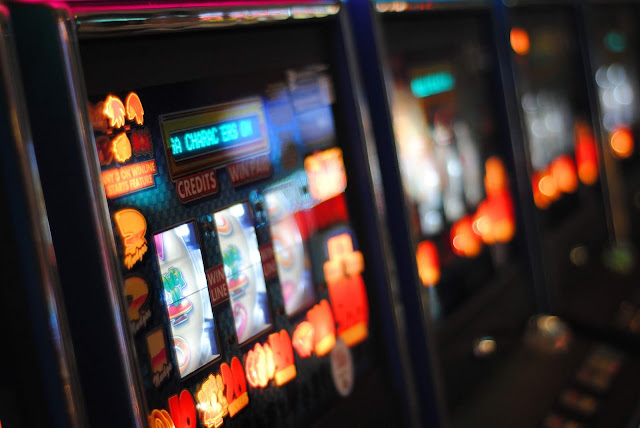Research on gameful design
Gamification: Toward a Definition
Ref: Gamification: Toward a Definition; Sebastian Deterding, Rilla Khaled, Lennart E. Nacke, Dan Dixon.
 |
| Photo by Samuel Zeller on Unsplash |
I was reading the above mentioned paper regarding the term of gamification and its definition. I found some really interesting lines that I would like to share as notes.
"A working definition of the term gamification is the use of game design elements in non-game contexts."
I find this sentence pretty laconic, with a clear meaning and really interesting the fact that there is not any clue or reference to the the term of play, which unfortunately is often misinterpreted! Actually, the writers mention it nicely and clearly while analyzing the definition few paragraphs below, that
"…we are talking about elements of games, not of play."
Moreover, I found also interesting the approach of the terms play and use in the following quote regarding the term of element within the definition:
"Whether you and your friends play or use … depends on your (negotiated) perceptions and enactments."
Furthermore:
"…a definition of game must go beyond properties of the game artifact to include such situated and socially constructed meanings."
Seeking for the origins of the definition, I read the following reference:
"Within the video gameand digital media industry, discontent with some interpretations have already led designers to coin different terms for their own practice (e.g., gameful design) to distance themselves from recent negative connotations." [Ref: J. McGonigal]
and really smiled considering that I am not alone — or more likely not the only nerd — out there, in a business industry where gamification has become the top misinterpreted buzzword which I, as a designer, try to get rid of.
The following two major ideas, the one of the:
"…increasing societal adoption and institutionalization of video games and the influence games and game elements have in shaping our everyday life and interactions."
and that video games:
"…can demonstrably produce states of desirable experience, and motivate users to remain engaged in an activity with unparalleled intensity and duration."
I believe in my humble opinion that are two brilliantly stated dimensions, within which that:
"Game design is a valuable approach for making non-game products, services, or applications, more enjoyable, motivating, and/or engaging to use."
Finally, the writers conclude to multiple levels in the definition of gamification, since:
"…game design elements were often described on varying levels of abstraction."
which are :
- Interface design patterns
- Game design patterns
- Design principles or heuristics
- Conceptual models of game design units
- Game design methods


Comments
Post a Comment